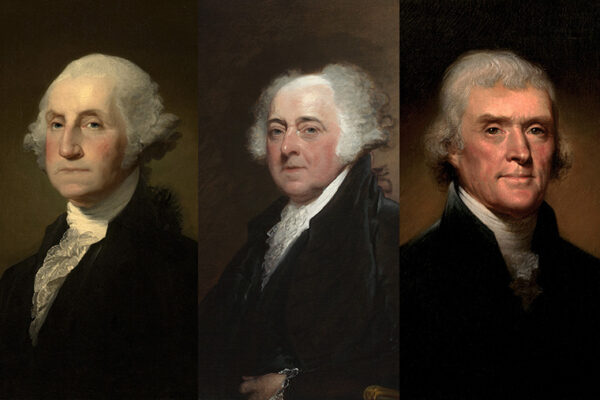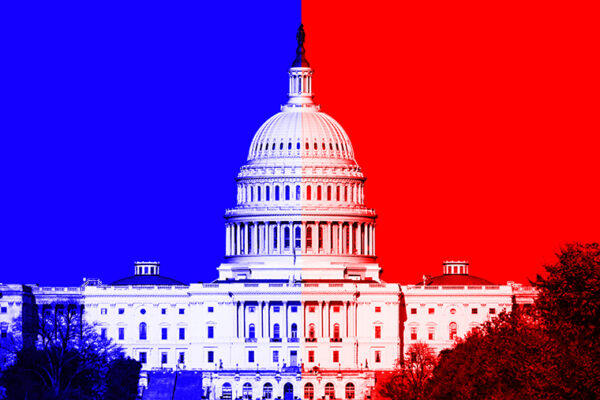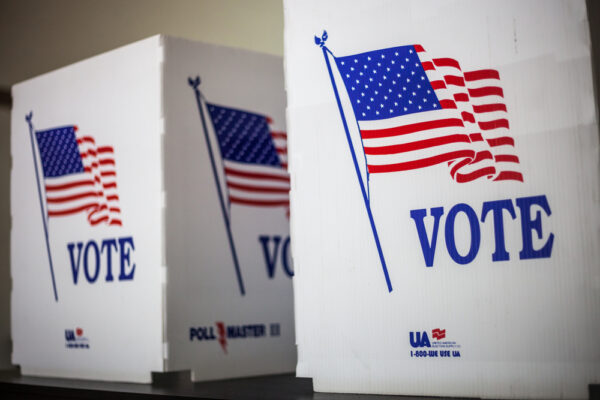Does the president of the United States have the constitutional right to remove or fire officers of federal agencies? This question faces renewed urgency as President Trump removes more federal employees and the Supreme Court is pushing to expand presidential power.
A new paper from Andrea Katz, associate professor of law and an expert on constitutional law and presidential power, disputes a long-standing claim that America’s founders agreed the president holds unrestricted power to fire executive officials. Katz is an associate professor of law at Washington University in St. Louis.

Published in the Michigan Journal of Law Reform, “Disagreement and Historical Argument — or How Not to Think About Removal” re-examines early debates and practices around the “Decision of 1789,” often cited as proof of consensus on presidential removal power.
Katz and her co-authors find that deep and persistent disagreement, not consensus, defined the founding era.
“There’s a turbulent debate going on these days about removal,” Katz said. “On the one hand, defenders of the ‘unitary executive’ (referring to the idea that all government officers serve under the president’s authority) argue that the original U.S. Constitution contains an implicit ‘removal power’ that belongs to the president. Article II vests the ‘executive power’ in the president. Those same ‘unitarians’ argue that, as a matter of common public understanding at the founding, this also meant a power for the president to fire all officers who exercise an ‘executive function.’”
Katz and her co-authors disagree.
“In our view, the bulk of evidence from the early republic suggests that there was no such thing as a ‘removal power’ that most Americans understood to lie with the president,” she said. “After all, the Constitution doesn’t provide one, and, as we show, Congress passed federal laws at the time that drew up agencies and officers who were insulated from presidential firing. Early state constitutions, too, created independent officers in their own way. This evidence disproves the idea of an ‘original consensus’ about an unwritten presidential power to fire.”
The removal question has been debated since 1789, Katz said, when the first Congress drew up the departments of Foreign Affairs, War and Treasury, and made those heads of agencies fireable by the president.
“For the most part, over our history, Congress passed laws that gave statutory independence to certain officers — civil servants with tenure, heads of independent agencies, inspectors general and watchdogs — but didn’t prevent the president from firing all the rest,” Katz said. “However, with rare exceptions, the question didn’t come before the courts.”
That equilibrium changed when Chief Justice John Roberts took the bench in 2005.
“In a series of cases starting with Free Enterprise Fund in 2010, a narrowly divided Supreme Court has gradually chipped away at laws insulating certain government jobs from presidential firing, ruling that these arrangements intrude on ‘the executive power.’ The court relies on essentially the same history of our Constitution that we criticize in our paper.”
How will this play out in the future?
“My guess is that in future decades the Roberts court will be most remembered for the way it has expanded presidential power and reduced the power of administrative agencies,” she said.


